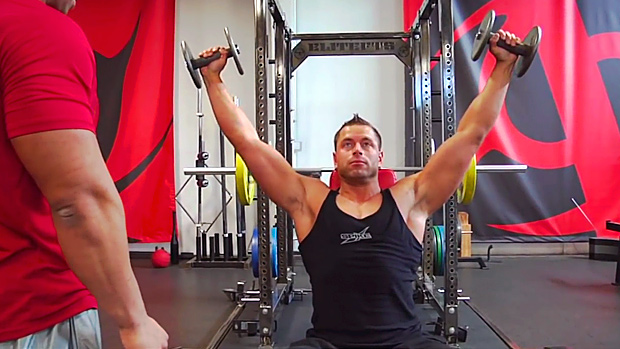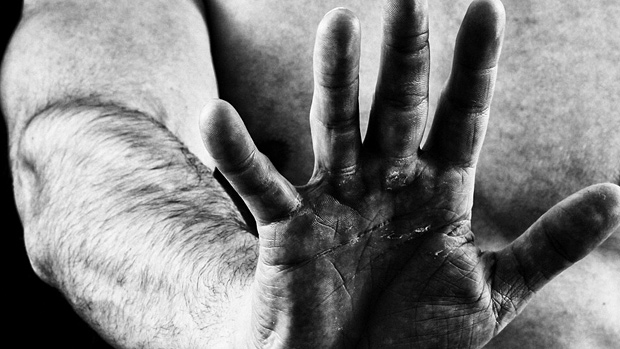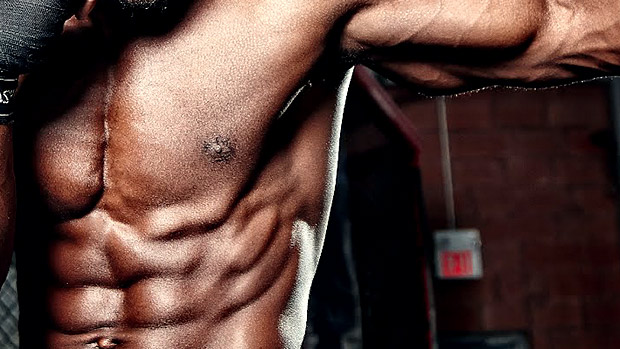Cables Equal to Dumbbells?
Coach Charles Poliquin once wrote that cables are basically re-directed dumbbells and shouldn't really be dumped into the dreaded "machine" category. Unlike a true free weight, cables also allow you to keep constant tension exactly where you want it, which is important if your main goal is hypertrophy. This is especially true when it comes to biceps training.
Cable curls allow you to easily target both heads of the biceps, as well as the brachialis. Different types of curls place more tension on different parts of the biceps at different points in the range of motion. This has to do with what the old-schoolers called the "line of pull."
Now, that makes it sound like you need to be doing thirteen different biceps exercises every workout to fully train this little muscle group, but you can take care of all that with one giant set of cable curls.
This is basically a mechanical drop set – where you go from the hardest movement to the easiest without rest. As a bonus, this will really extend the time under tension. Here's Dani demonstrating it:
The 3-Way Biceps Curl
- Cable curl, line of pull behind you. With your elbows a little behind your torso, this is the hardest of the three movements. Once you get near failure, without resting or dropping the handles, move to...
- Cable curl, line of pull in front of you. After stepping back, do more reps with a good squeeze at the top of each. Then move to...
- Cable curl, line of pull beneath you. This is "easiest" movement in the set, BUT you'll be really fatigued at this point. Knock out a few more reps and take a rest. Repeat the whole set twice more.
Want to nail every part of the biceps? Add...
- Cable hammer curl. Just rotate the handles and use the neutral grip to hit the brachialis. You can do them cross-body style or elbows-pinned-to-sides style.


Reps are up to you. There are different benefits for just about every rep range. The best rep range to use is probably the one you haven't used in a while.





